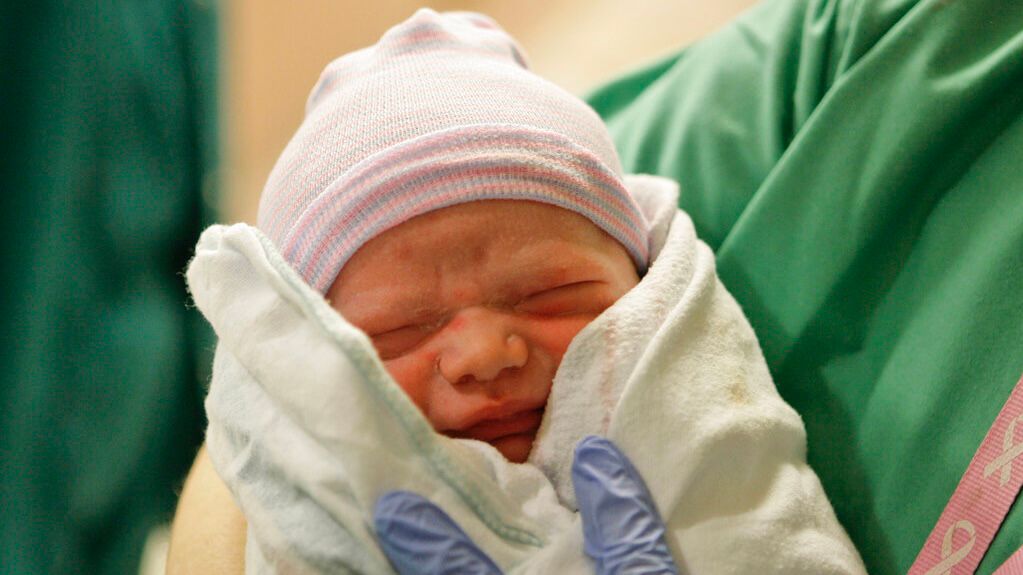Nearly one in five American adults is estimated to have been diagnosed with depression, with the Appalachian and southern Mississippi Valley regions experiencing the country’s highest rates, according to a study by the Centers for Disease Control and Prevention published Thursday.
What You Need To Know
- Nearly one in five American adults is estimated to have been diagnosed with depression, with the Appalachian and southern Mississippi Valley regions experiencing the country’s highest rates, according to a study by the Centers for Disease Control and Prevention published Thursday
- The goal of the study is to help state and local organizations better target their efforts to prevent, treat and manage the condition
- Depression is a major contributor to death, disability and economic costs and can be a coexisting condition with diabetes, arthritis and cardiovascular diseases
- The study’s authors said factors such as economic status and differences in access to health care might explain the disparity in depression rates
The research marks the first time the CDC has examined both state- and county-level estimates for depression. The goal of the study is to help state and local organizations better target their efforts to prevent, treat and manage the condition.
Depression is a major contributor to death, disability and economic costs. It can be a coexisting condition with diabetes, arthritis and cardiovascular diseases.
The analysis, using data from the CDC’s 2020 Behavioral Risk Factor Surveillance System survey, estimates that about 18.5% of Americans 18 and older have received a lifetime diagnosis of depression, which differs from previous surveys that focused on depression in the previous two weeks.
The age-standardized depression rates ranged state by state from 12.7% (Hawaii) to 27.5% (West Virginia).
Among counties, rates spanned from 10.7% (Aleutians East Borough, Alaska, and Kalawao County, Hawaii) to 31.9% (Logan County, West Virginia). The counties with the highest prevalence were found in the Appalachian region — including West Virginia, Kentucky and Tennessee — the southern Mississippi Valley region, and Missouri, Oklahoma and Washington state.
The study’s authors said factors such as economic status and differences in access to health care might explain the disparity in depression rates. They noted that the Appalachian region tends to have lower incomes, higher poverty rates and lower educational levels, all of which can negatively affect someone’s health.
The analysis also found depression rates were higher in women than men (24% vs. 13.3%). Nearly 22% of non-Hispanic white adults reported being diagnosed with depression, more than any other racial or ethnic group. And people who attained less than a high school education (21.2%) reported higher levels of depression than those who graduated from high school and college.
Depression was most prevalent in the 18-24 age group (21.5) and lowest among those 65 and older (14.2%).
The study’s authors noted that initiatives to prevent, treat and manage depression include tailored and targeted programs to address geographic disparities. The CDC has a communications campaign called “How Right Now” that aims to improve the emotional well-being and resilience of populations disproportionately affected by mental health challenges by offering information and resources.
In addition, the Guide to Community Preventive Service Task Force, an independent body of public health and prevention experts, recommends interventions that include collaborative care for managing depressive disorders, mental health benefits legislation, school-based cognitive behavioral therapy programs and depression care management, both clinical and home-based, among older adults.








